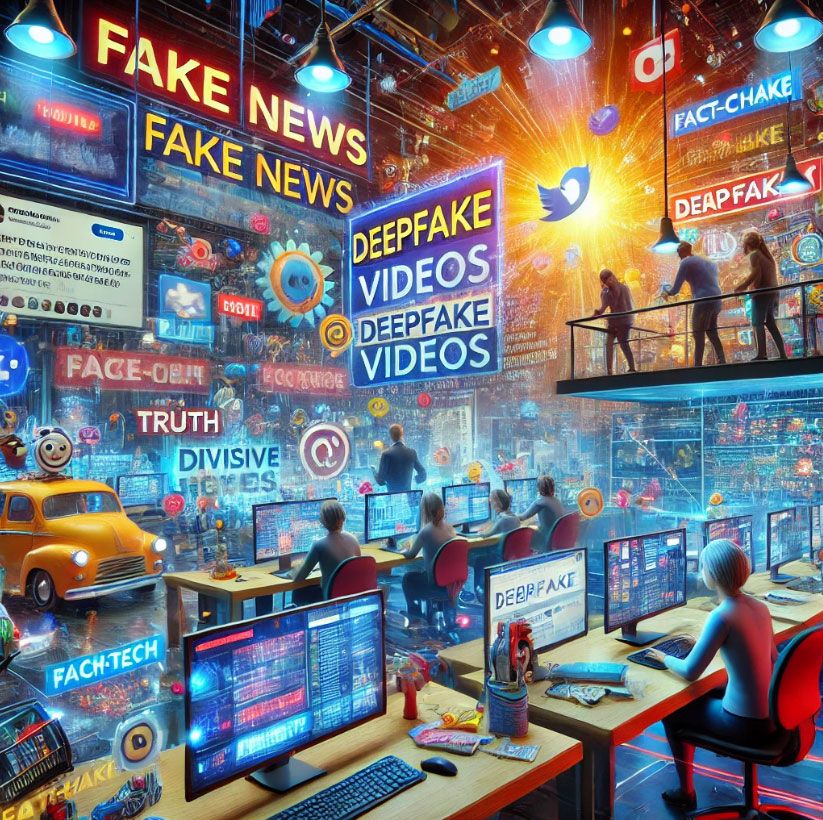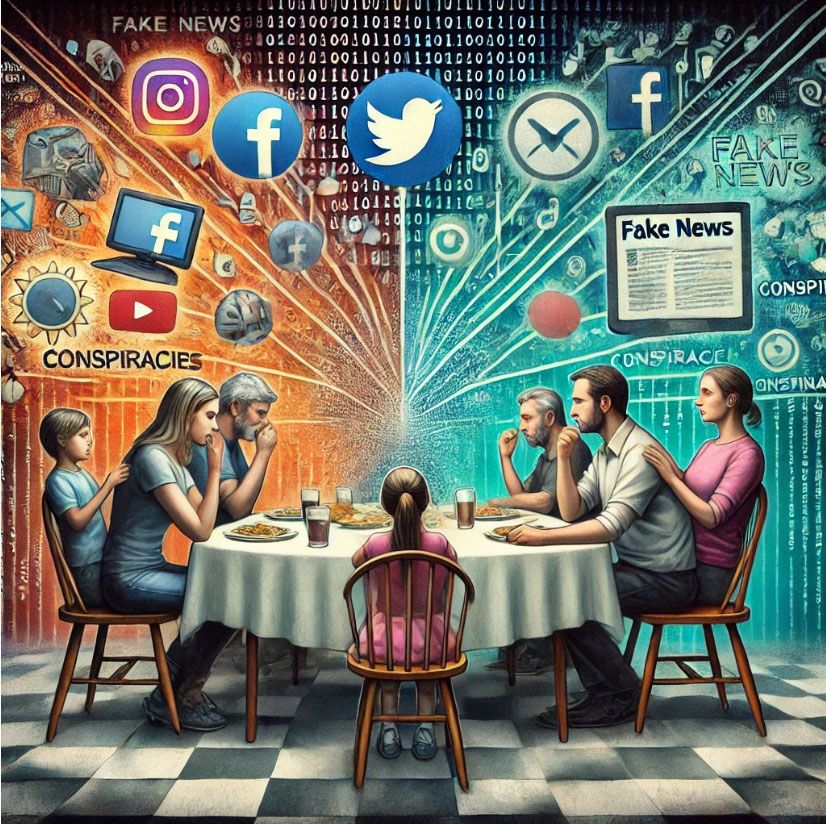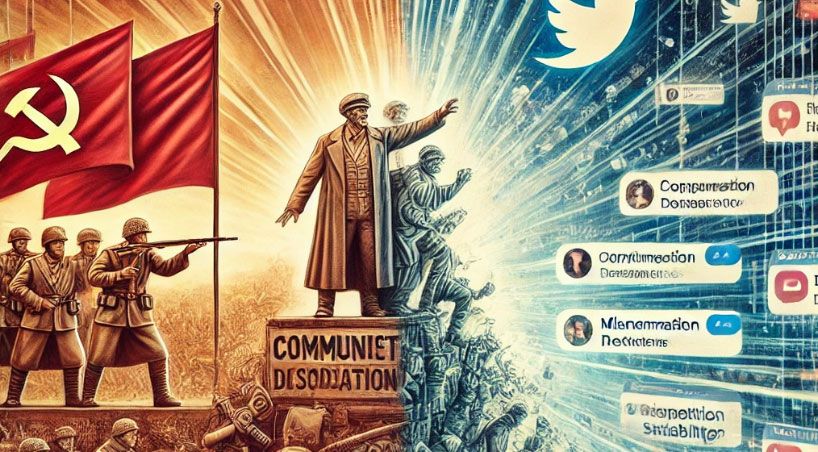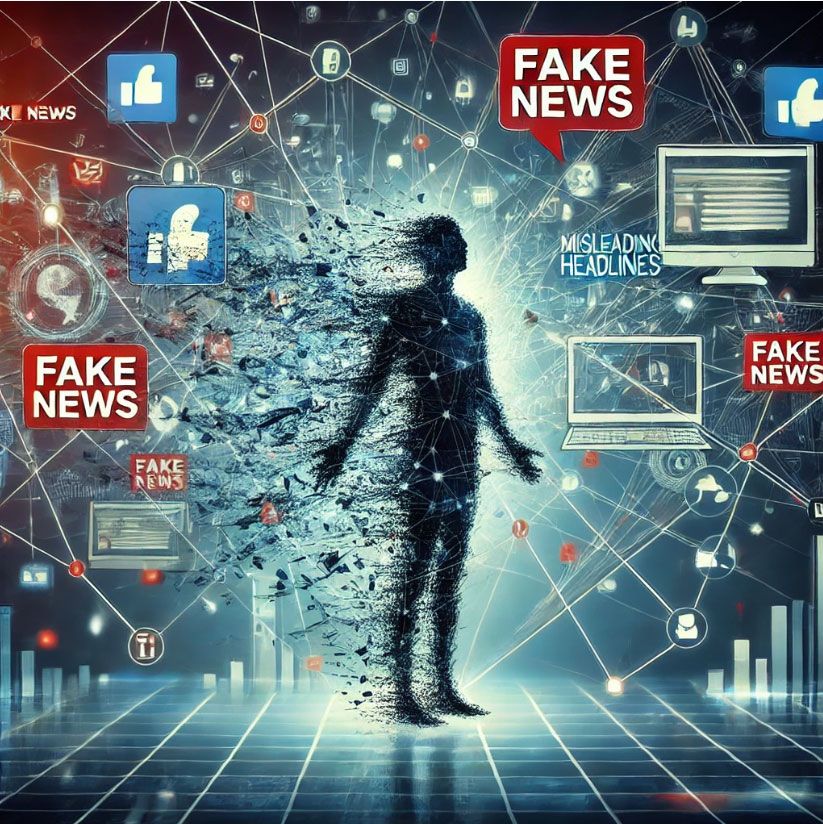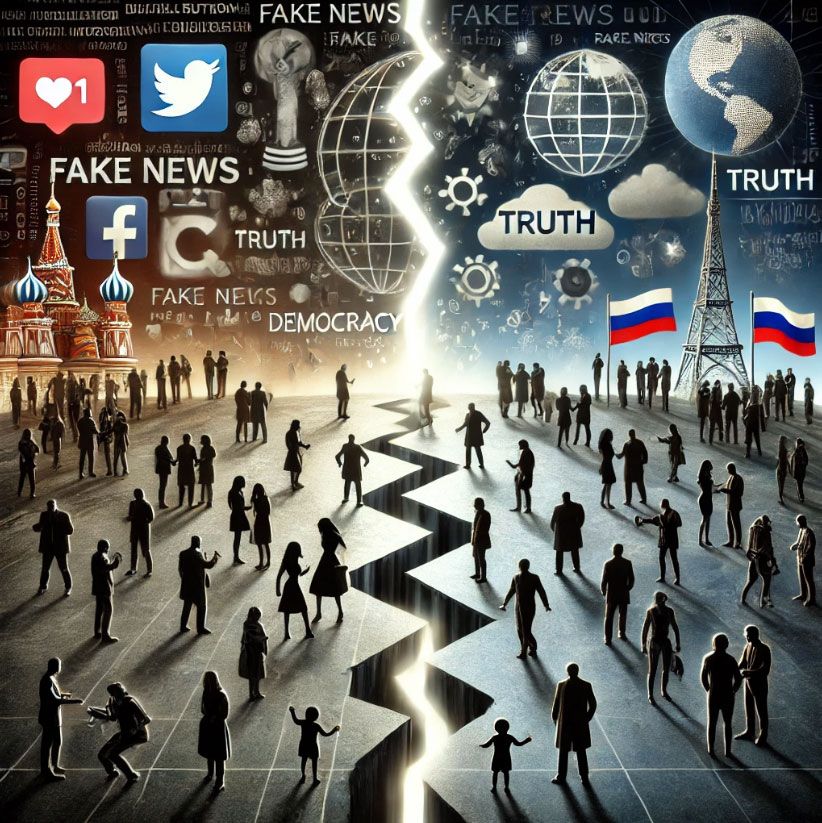The Bolshevik Era: Laying the Foundations
The Bolshevik Revolution of 1917 marked a turning point in the systematic use of propaganda and disinformation. Lenin emphasized the critical role of controlling information to consolidate power and propagate the communist ideology, as documented in his writings and speeches on revolutionary strategy.
Lenin viewed control of information as vital for consolidating power and spreading the communist ideology. To achieve this, the Bolsheviks institutionalized propaganda through the creation of mechanisms that blended political messaging with cultural expression, ensuring that every aspect of public life was aligned with their ideological goals.
Key techniques included:
- Print Media Dominance: Newspapers and pamphlets like Pravda (“Truth”) served as mouthpieces for state narratives. By controlling the flow of information, the Bolsheviks marginalized opposition voices and solidified their grip on public perception.
- Posters and Film: Visually compelling propaganda such as posters, often designed in stark, bold colors with clear messaging, romanticized Soviet ideals of unity, labor, and revolution. Filmmakers like Sergei Eisenstein created cinematic works that were both innovative and deeply propagandistic, such as Battleship Potemkin, which glorified revolutionary struggle.
- Agitprop (Agitation and Propaganda): Agitprop trains and theater troupes traveled to rural and urban areas, bringing ideological messages directly to the masses. These efforts merged political indoctrination with entertainment, making the messaging accessible and engaging.
- International Reach: Early efforts at exporting communist ideology targeted Western democracies through publications, covert activities, and alliances with sympathetic movements.
The societal impact was profound. Bolshevik propaganda reshaped collective memory, crafting a narrative of the revolution as an inevitable and righteous transformation. It created a unifying vision of Soviet identity that emphasized loyalty to the state while erasing the complexities of dissent, hardship, and ideological diversity within the population.
Through these strategies, the Bolsheviks established a template for modern propaganda: controlling media, leveraging cultural tools, and saturating public spaces with state-approved messaging.
Cold War Propaganda: Disinformation Goes Global
During the Cold War, disinformation became a central weapon in the ideological battle between the Soviet Union and the West. The global stage allowed the Soviet Union to refine and expand its tactics, leveraging new media and psychological strategies to achieve geopolitical goals.
Key Soviet campaigns included:
- Operation Infektion: The KGB spread the false claim that the U.S. created the AIDS virus, eroding trust in American institutions and creating international suspicion. This operation has been documented in several studies on Cold War disinformation tactics, such as those published by the Wilson Center and RAND Corporation.
- Cultural Influence: The Soviet Union invested heavily in influencing intellectuals and cultural elites worldwide, promoting anti-NATO and anti-American narratives through literature, film, and academic forums.
- Reflexive Control: This psychological tactic involved manipulating opponents’ perceptions to influence their decisions. For example, disinformation often aimed to provoke overreactions from Western governments or fuel internal divisions within NATO.
The proliferation of radio, such as Radio Moscow, and espionage activities broadened the reach of these campaigns. Fear, division, and uncertainty were their intended outcomes, often achieved by exploiting existing societal tensions.
Through this global reach, the Soviet Union demonstrated how disinformation could be used not only domestically but as a weapon of international influence.
Post-Soviet Adaptations: From Yeltsin to Putin
The collapse of the Soviet Union brought about significant changes in Russia’s approach to disinformation. During Boris Yeltsin’s presidency, the chaotic privatization of media weakened centralized control, but the rise of oligarchic influence provided fertile ground for manipulating narratives.
Under Vladimir Putin, disinformation evolved into a sophisticated state tool, integrated into broader strategies of hybrid warfare. For example, during the annexation of Crimea in 2014, Russian operatives used a combination of cyberattacks, fake news campaigns, and social media manipulation to destabilize Ukraine and justify military actions.
This tactic has been documented extensively by organizations like the Atlantic Council and reports from NATO research groups.
Notable strategies include:
- Hybrid Warfare: Combining military aggression with online disinformation campaigns. The annexation of Crimea in 2014 exemplified this approach, where cyberattacks and propaganda undermined Ukrainian sovereignty while justifying Russian actions.
- Kompromat: The strategic use of compromising information, often obtained through surveillance or espionage, to discredit political opponents or foreign adversaries.
- Centralized Media Control: Outlets like RT and Sputnik function as extensions of Kremlin messaging, targeting international audiences with narratives that amplify division and distrust in Western institutions.
These strategies reflect the adaptability of disinformation to exploit both traditional and digital media landscapes, ensuring its continued effectiveness in advancing Russian geopolitical interests.
The Digital Age: Disinformation 2.0
Modern disinformation campaigns leverage digital technologies to amplify their reach and precision. Studies, such as those conducted by the Pew Research Center, highlight how algorithms and targeted advertising significantly enhance the spread and impact of false information, reaching millions with tailored narratives.
Social media platforms and AI tools have revolutionized how disinformation is produced, disseminated, and consumed.
Recent developments illustrate this transformation:
- Social Media Manipulation: During the 2016 U.S. elections, Russian entities used platforms like Facebook and Twitter to distribute divisive content, influence voter perceptions, and exacerbate polarization. Memes, fake news, and coordinated bot activities created an illusion of grassroots movements. Source: The Atlantic
- AI-Generated Propaganda: Advances in artificial intelligence enable the creation of highly persuasive, tailored content. Deepfakes, for instance, allow disinformation campaigns to fabricate realistic audio and video, undermining trust in authentic media. Source: ISPR
- Targeted Demographics: Foreign adversaries, particularly Russia and Iran, have refined their strategies to target specific demographic groups. In recent elections, disinformation campaigns tailored content to minority communities in the U.S., exacerbating divisions and influencing voter behavior. Source: Wall Street Journal
The psychological effects of digital disinformation are profound, fostering polarization, anxiety, and societal mistrust.
These campaigns exploit algorithmic biases and echo chambers, making it increasingly difficult for individuals to discern fact from fiction.
Broader Impacts of Disinformation
The broader societal impacts of disinformation extend beyond politics and media trust:
- Erosion of Trust: The spread of misinformation, particularly AI-generated content, weakens confidence in institutions ranging from governments to scientific communities. This erosion of trust complicates efforts to address global challenges like climate change and public health crises. Source: World Economic Forum
- Incitement of Violence: Historical parallels, such as media’s role in the Rwandan genocide, underscore how disinformation can incite violence. Campaigns that amplify ethnic or political tensions have devastating consequences. Source: LSE Blogs
- Economic Costs: Disinformation campaigns impose significant economic burdens, from the costs of countering false narratives to the destabilization of markets caused by misleading information. For instance, a 2019 report by the University of Baltimore estimated that fake news and online disinformation cost the global economy approximately $78 billion annually, highlighting the widespread financial repercussions.
Lessons and the Way Forward
Addressing disinformation requires a multifaceted approach:
- Media Literacy: Public education campaigns can help individuals identify and resist disinformation, fostering critical thinking skills essential in the digital age.
- Technological Countermeasures: Fact-checking tools, AI-driven detection systems, and platform accountability are vital for mitigating the spread of false narratives.
- Global Cooperation: Governments and international organizations must collaborate to establish norms and regulations that deter state-sponsored disinformation campaigns.
Conclusion
From the Bolsheviks’ carefully crafted posters to AI-driven digital campaigns, disinformation has adapted to each technological era. Its power lies in exploiting societal vulnerabilities, reshaping perceptions, and eroding trust.
Combating it demands a robust and informed response, emphasizing education, transparency, and technological innovation.
The Public Education Forum is emerging as an important contributor in this fight, with a mission to counteract corrosive propaganda by empowering individuals with the knowledge and tools to discern fact from fiction. Central to its vision is championing the concept of a global citizen—an informed and engaged individual who values truth, empathy, and collective well-being across borders.
Through community initiatives, partnerships, and advocacy, the Forum seeks to build resilience against disinformation, fostering a more informed and critically engaged society.
Join us!


